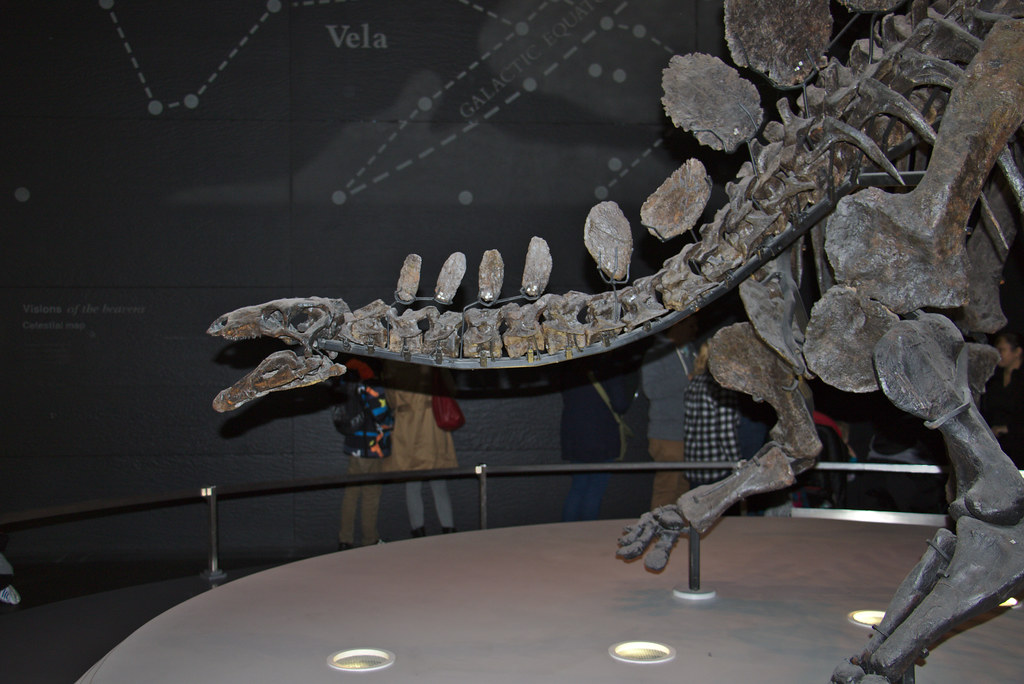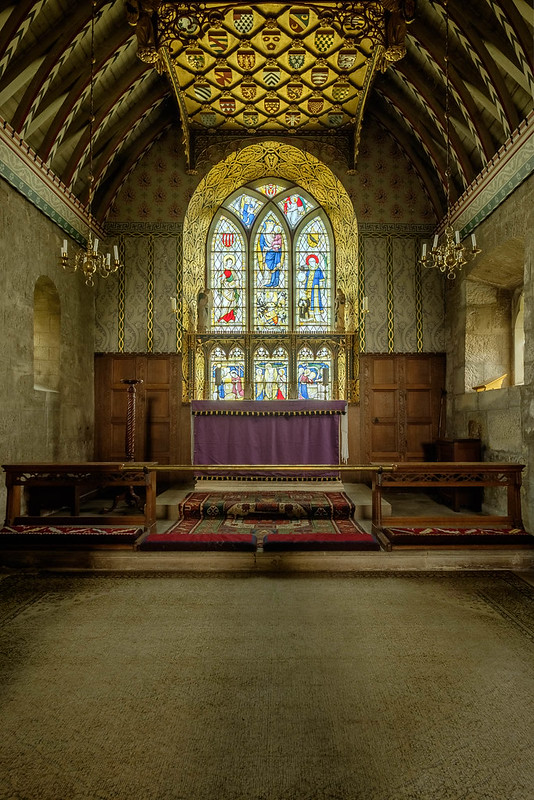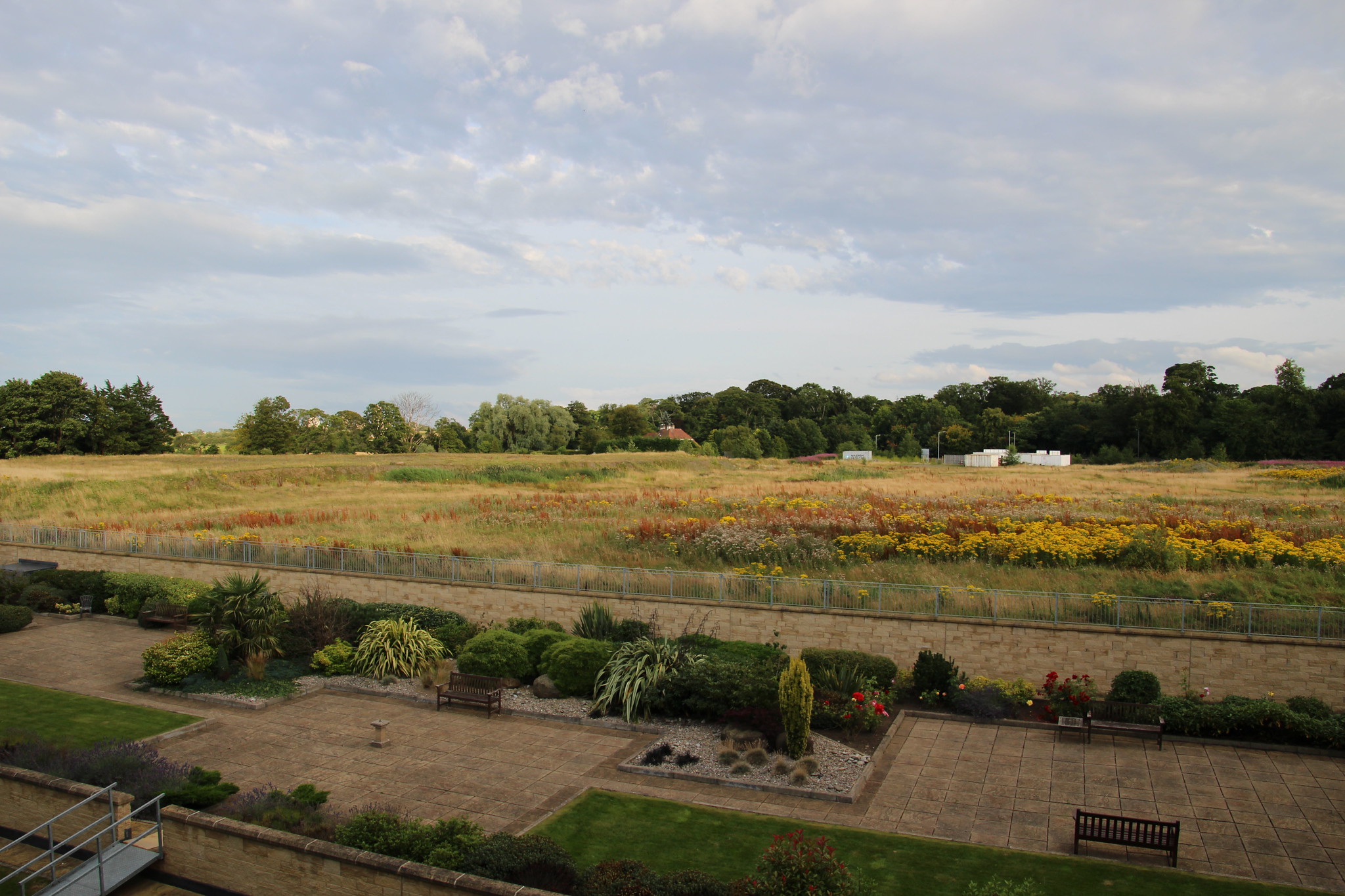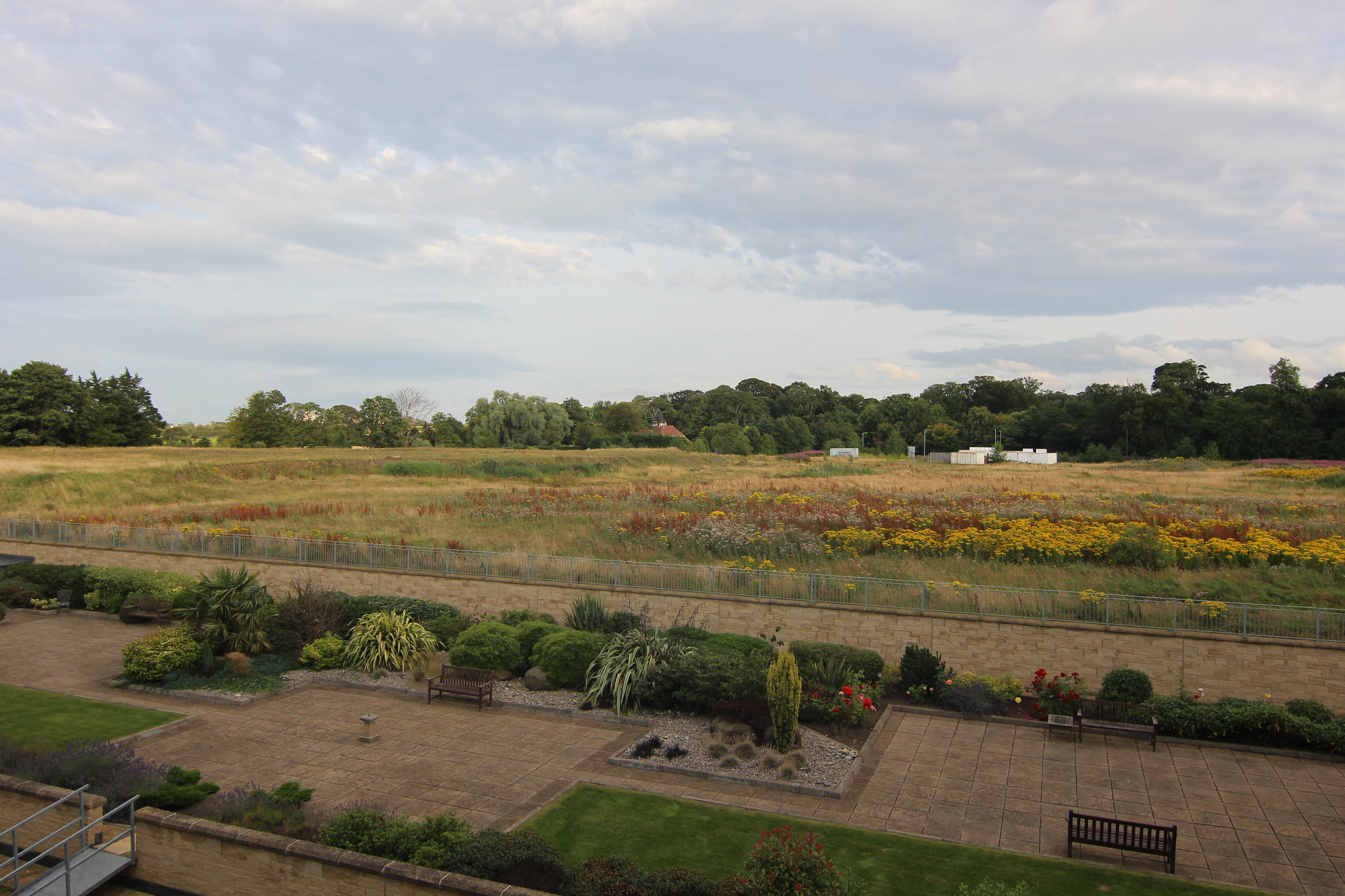Has anyone tried to test L lens in real world conditions and then post processing asked people to compare them to non L lens?
For example you have take photos of a model with 2 lens of the same focal lens one L and one normal. Get someone else to process them without looking to see which lens is which and see how many people can tell the difference.
Or a cathedral.
For moving subjects it would be a bit harder to compare exactly the same because it moves.
After reading
http://www.ebay.co.uk/gds/Is-The-Expense-Of-Owning-A-Canon-L-Lens-Worth-It-/10000000008261832/g.html
I get the impression that L lens are only worth it under difficult conditions.
BTW I am not thinking of buying one, I am happy with the lens I have at the moment. I am just curious, I think lighting is the main thing that would approve any photos I have problems with.
For example you have take photos of a model with 2 lens of the same focal lens one L and one normal. Get someone else to process them without looking to see which lens is which and see how many people can tell the difference.
Or a cathedral.
For moving subjects it would be a bit harder to compare exactly the same because it moves.
After reading
http://www.ebay.co.uk/gds/Is-The-Expense-Of-Owning-A-Canon-L-Lens-Worth-It-/10000000008261832/g.html
I get the impression that L lens are only worth it under difficult conditions.
BTW I am not thinking of buying one, I am happy with the lens I have at the moment. I am just curious, I think lighting is the main thing that would approve any photos I have problems with.
Last edited:

 EF7A0059Dinosaurv2
EF7A0059Dinosaurv2 AlbertMemorialEF7A9444
AlbertMemorialEF7A9444



 To be honest, it's not really fair to choose from just one photo set comparison, and also not knowing the weather conditions, etc. doesn't help (a breeze moving the vegetation, particularly the trees, could be mistaken for edge/corner softness, and changes in the brightness and direction of the light could be mistaken for differences in lens contrast, colour rendition, etc.). If I had to vote, as my life hypothetically depended upon it, I'd say the image labelled Canon 16-35 f4 L appears to have more overall detail and clarity than the other two photos, but I don't know if that's due to the lens or the conditions under which the photo was taken.
To be honest, it's not really fair to choose from just one photo set comparison, and also not knowing the weather conditions, etc. doesn't help (a breeze moving the vegetation, particularly the trees, could be mistaken for edge/corner softness, and changes in the brightness and direction of the light could be mistaken for differences in lens contrast, colour rendition, etc.). If I had to vote, as my life hypothetically depended upon it, I'd say the image labelled Canon 16-35 f4 L appears to have more overall detail and clarity than the other two photos, but I don't know if that's due to the lens or the conditions under which the photo was taken.